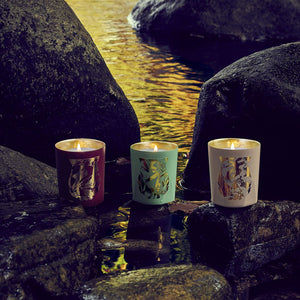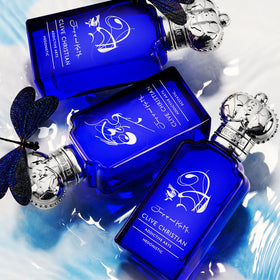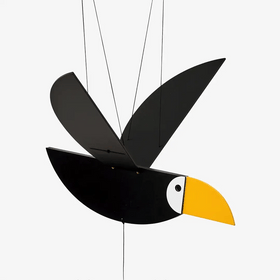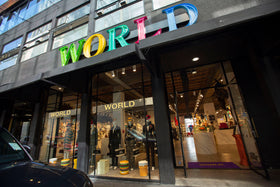CIRE TRUDON Bust Esclave de Carpeaux - Stone
L'Esclave
Pourquoi naître esclave (Why born a slave) is the name given by sculptor and painter Jean-Baptiste Carpeaux (1827-1875) to a series of busts he created around 1870.
At the heights of his career, enjoying the protection of Napoleon III, Carpeaux was commissioned by the city of Paris to design the Fontaine de l’Observatoire and slightly modified the theme imposed on him – the four cardinal points – by replacing them with allegoric characters personifying Europe, Africa, Asia and America. While he was working on the representation of Africa, he came up with the idea of the bust of the Négresse Captive. Obsessed with faithful representations of human movement, he sculpted his slave at an angle in order to express revolt. The story goes that the woman who posed for the bust might have also been the model of the “Capresse des colonies” by Charles Cordier in 1861.
Heritage
In 1643 a salesman named Claude Trudon arrived in Paris and became the owner of a store in Rue Saint-Honoré. He was a grocer but also a wax merchant and supplied his customers with candles for lighting their homes and for the parish. On the eve of Louis XIV's reign, Trudon thus created a small family manufacturing business that was to carry his name forward and make the fortune of his heirs. His son Jacques also became a shopkeeper and wax producer and entered the court of Versailles in 1687, as apothecary distiller of Marie-Thérèse, wife of the King. In the 18th century, in 1737, Hierosme Trudon purchased the most famous wax factories of the era from the official wax provider to King Louis XV. Trudon grew and began supplying the French court and the most important churches. The Trudon company supplied Versailles until the very end of the monarchy. As Napoleon's wax producer during the Empire, the company survived the arrival of domestic lighting and the birth of the "electric revolution" continuing to prosper. Trudon continued its work throughout the centuries, without ever interrupting its activity, particularly through the making of traditional candles and perfumed candles for the greatest names. It is now the oldest and most prestigious wax manufacturer in the world.
Made in close collaboration with the Plaster Cast Workshop of Réunion des Musées Nationaux - Grand Palais (the French National Museum Council), Trudon introduces the busts of characters or symbols of the French History, a very precious theme for the company which used to be the Manufacture Royale de Cire.








